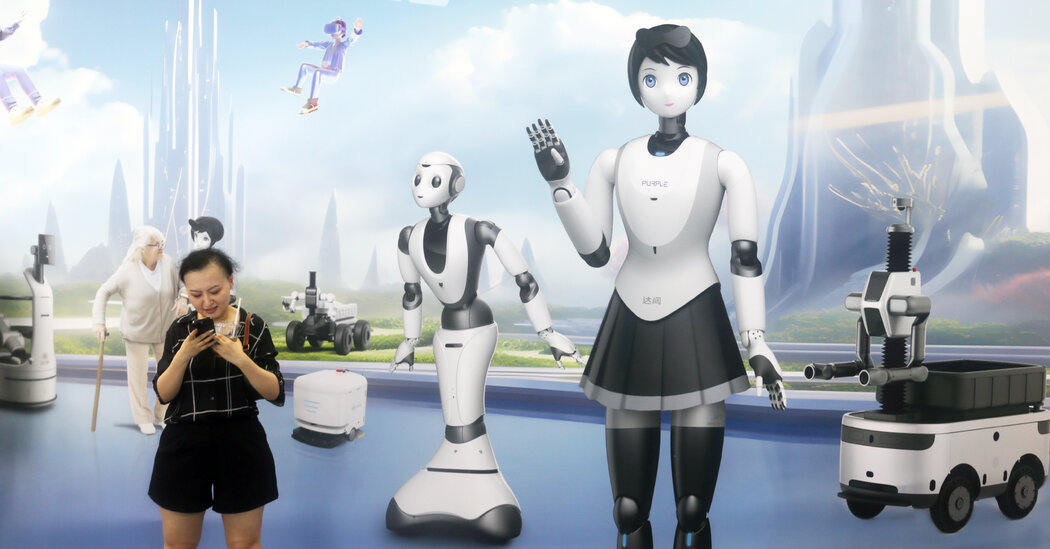Several vignettes stand out. Keane cites a colleague, Scott Stonington, a professor of anthropology and practicing physician, who did fieldwork with Thai farmers some two decades ago. End-of-life care for parents in Thailand, he writes, often forces a moral dilemma: Children feel a profound debt to their parents for giving them life, requiring them to seek whatever medical care is available, no matter how expensive or painful.
Life, precious in all its forms, is supported to the end and no objections are made to hospitalization, medical procedures or interventions. But to die in a hospital is to die a “bad death”; to be able to let go, one should be in one’s own bed, surrounded by loved ones and familiar things. To this end, a creative solution was needed: Entrepreneurial hospital workers concocted “spirit ambulances” with rudimentary life support systems like oxygen to bear dying patients back to their homes. It is a powerful image — the spirit ambulance, ferrying people from this world to the next. Would that we, in our culture, could be so clear about how to negotiate the imperceptible line between body and soul, the confusion that arises at the edge of the human.
Take Keane’s description of the Japanese roboticist Masahiro Mori, who, in the 1970s, likened the development of a humanoid robot to hiking toward a mountain peak across an uneven terrain. “In climbing toward the goal of making robots appear like a human, our affinity for them increases until we come to a valley,” he wrote. When the robot comes too close to appearing human, people get creeped out — it’s real, maybe too real, but something is askew.
What might be called the converse of this, Keane suggests, is the Hindu experience of darshan with an inanimate deity. Gazing into a painted idol’s eyes, one is prompted to see oneself as if from the god’s perspective — a reciprocal sight — from on high rather than from within that “uncanny valley.” The glimpse is itself a blessing in that it lifts us out of our egos for a moment.
We need relief from our self-centered subjectivity, Keane suggests — hence the attraction of A.I. boyfriends, girlfriends and therapists. The inscrutability of an A.I. companion, like that of an Indian deity, encourages a surrender, a yielding of control, a relinquishment of personal agency that can feel like the fulfillment of a long-suppressed dream. Of course, something is missing here too: the play of emotion that can only occur between real people. But A.I. systems, as new as they are, play into a deep human yearning for relief from the boundaries of self.
Could A.I. ever function as a spirit ambulance, shuttling us through the uncanny valleys that keep us, as Shantideva knew, from accepting others? As Jeff Sebo would say, there is at least a “non-negligible” — that is, at least a one in 10,000 — chance that it might.
THE MORAL CIRCLE: Who Matters, What Matters, and Why | By Jeff Sebo | Norton | 182 pp. | $24
ANIMALS, ROBOTS, GODS: Adventures in the Moral Imagination | By Webb Keane | Princeton University Press | 182 pp. | $27.95
